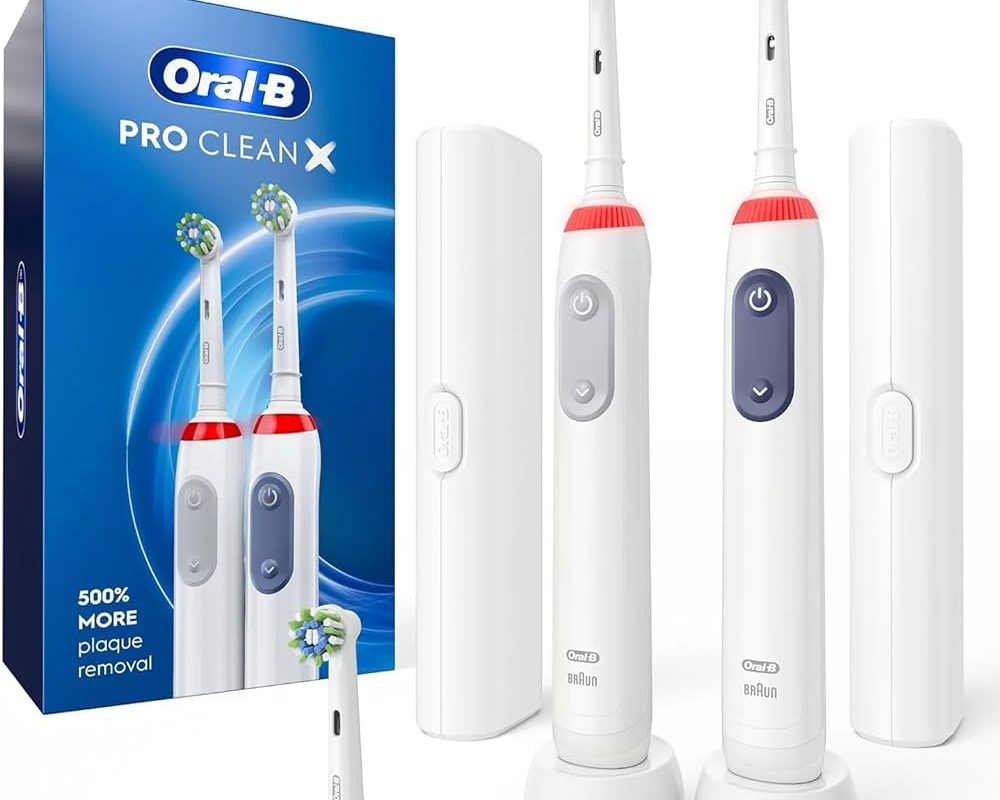Introduction:
Electric toothbrushes have become a popular choice for maintaining optimal oral hygiene due to their effectiveness and convenience. However, one common question that arises is whether it is okay to keep an electric toothbrush plugged in when not in use. In this guide, we will explore the topic of keeping electric toothbrushes plugged in, examining the potential risks, benefits, and recommendations for the proper care and maintenance of electric toothbrushes.

Is it OK to keep your electric toothbrush plugged in?
The Importance of Proper Care and Maintenance:
Proper care and maintenance of electric toothbrushes are essential for ensuring their longevity, performance, and hygiene. Electric toothbrushes are designed to be safe and reliable when used correctly and maintained properly. By adhering to recommended practices, you can maximize the lifespan of your electric toothbrush and optimize its effectiveness in maintaining oral health.
Potential Risks of Keeping Electric Toothbrushes Plugged In:
a) Overcharging: Overcharging an electric toothbrush for extended periods can lead to battery degradation and reduced battery life. This can result in a shorter running time between charges and may necessitate more frequent replacement of the toothbrush or battery.
b) Electrical hazards: In rare cases, electrical issues or power surges can occur, potentially causing damage to the electric toothbrush or posing a risk of electrical shock. However, modern electric toothbrushes are designed with safety features to minimize these risks.
Benefits of Keeping Electric Toothbrushes Plugged In:
Keeping an electric toothbrush plugged in can offer certain benefits, depending on the specific model and charging system:
a) Convenient charging: Plugging in the toothbrush after use ensures that it is always ready for the next brushing session. This eliminates the hassle of constantly replacing batteries or waiting for the toothbrush to charge when the battery is depleted.
b) Storage and organization: By keeping the electric toothbrush plugged in, you have a designated spot to store it, ensuring that it is easily accessible and preventing clutter in the bathroom.
c) Built-in charging indicators: Many electric toothbrushes have built-in charging indicators that provide visual cues about the battery status. Plugging in the toothbrush allows you to monitor the battery level and ensure that it is adequately charged for optimal performance.
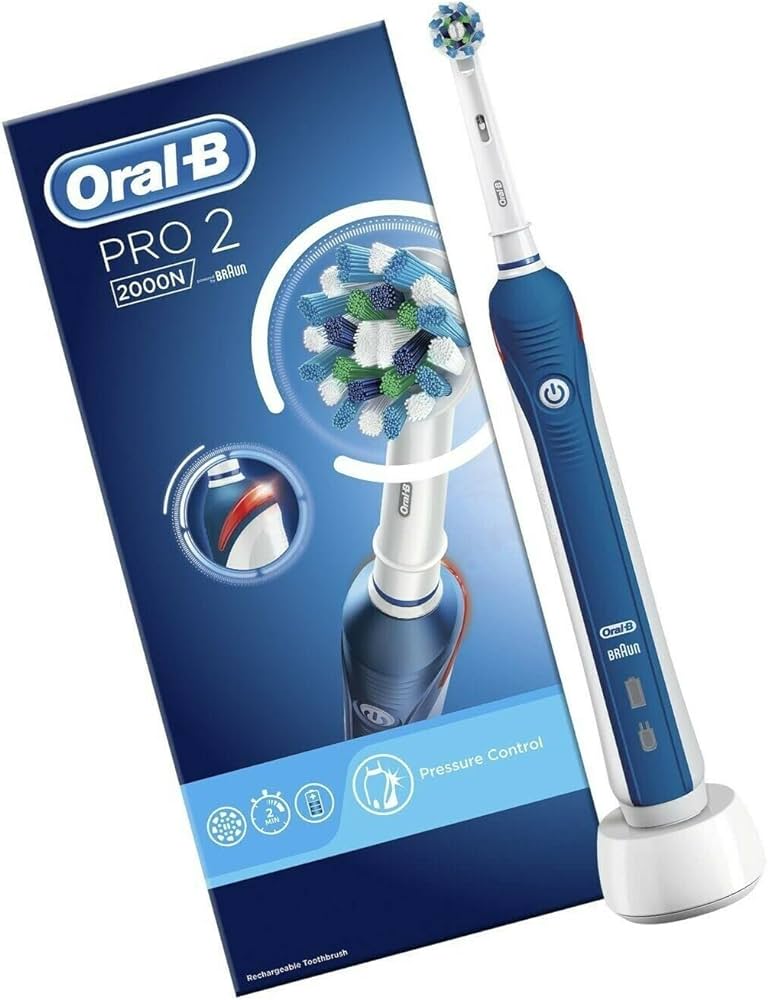
Proper Care and Maintenance Recommendations:
To ensure the longevity and optimal performance of your electric toothbrush, consider the following care and maintenance recommendations:
a) Follow manufacturer instructions: Read and follow the manufacturer’s instructions for charging, usage, and maintenance specific to your electric toothbrush model. Different toothbrush models may have varying recommendations.
b) Avoid overcharging: Avoid leaving your electric toothbrush plugged in continuously for extended periods.
c) Monitor battery level: Familiarize yourself with the battery life of your electric toothbrush model and recharge it as needed. Some toothbrushes have indicators that show the battery level, while others may require periodic monitoring.
d) Regular cleaning: Clean the brush head and handle of your electric toothbrush regularly to remove any residue or buildup. Rinse the brush head thoroughly after each use and follow the manufacturer’s instructions for cleaning and maintenance.
e) Replace brush heads: Replace the brush heads of your electric toothbrush as recommended by the manufacturer, usually every three to four months or sooner if the bristles become frayed. Worn-out brush heads are less effective at removing plaque and can harbor bacteria.
f) Store in an upright position: When not in use, store your electric toothbrush in an upright position to allow proper air circulation and prevent moisture buildup, which can contribute to bacterial growth.
g) Travel considerations: If you plan to travel, fully charge your electric toothbrush before leaving and unplug it. If it has a removable battery, consider removing it during travel to avoid potential damage.
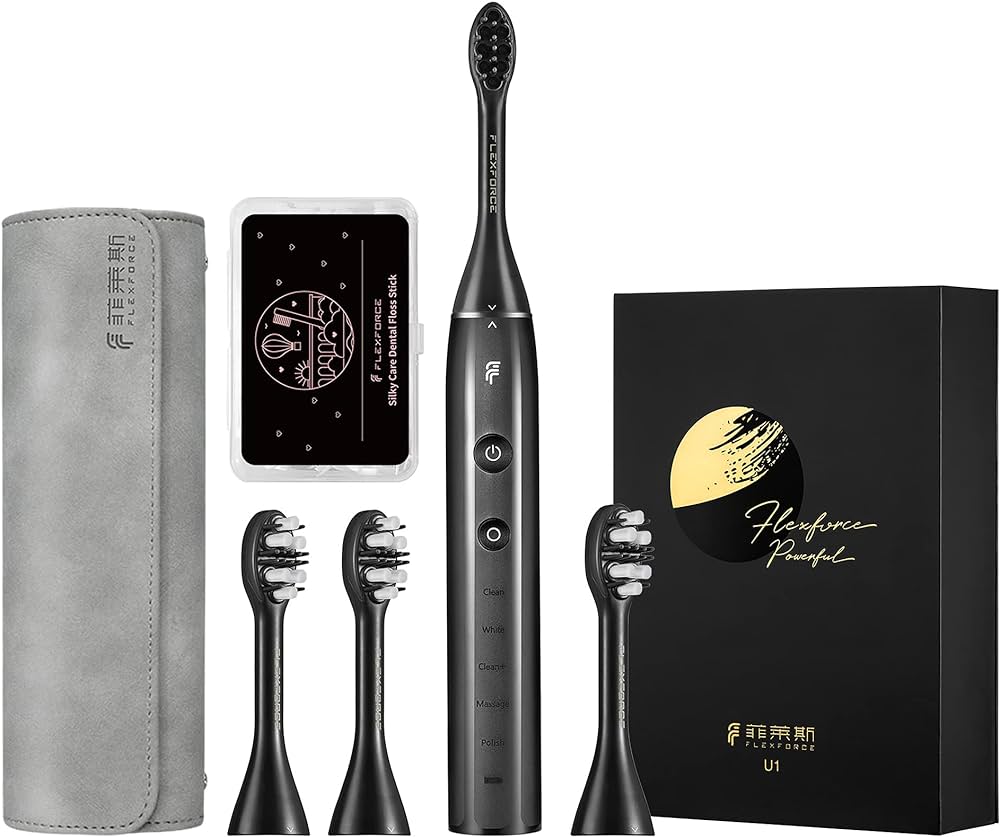
Additional Tips for Electric Toothbrush Maintenance:
In addition to the general care and maintenance recommendations, consider the following tips:
a) Keep the toothbrush away from heat and sunlight to prevent damage.
b) Refer to the manufacturer’s guide or contact support for troubleshooting.
c) Charge the toothbrush when the battery is low to maintain performance.
Considerations for Different Charging Systems:
It is important to note that different electric toothbrush models have varying charging systems. Understanding the type of charging system your toothbrush uses can help inform your care and maintenance routine:
Inductive charging: Inductive charging systems use magnets to transfer power from the charging base to the toothbrush handle.
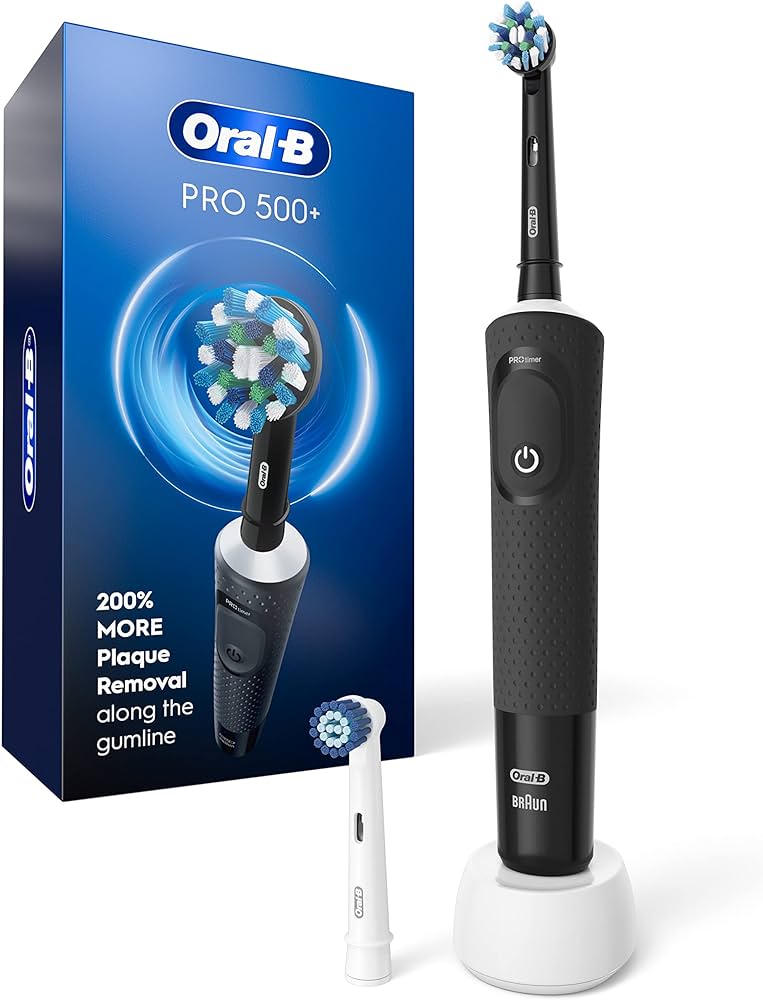
Additional Care Tips:
a) Sharing toothbrushes: It is not recommended to share electric toothbrushes, as this can lead to the transfer of bacteria and increase the risk of infections. Each individual should have their own toothbrush for maintaining proper oral hygiene.
b) Regular replacement: It is recommended to replace your electric toothbrush every three to four months, or sooner if you notice signs of wear or if the bristles become frayed. Regular replacement ensures optimal cleaning and prevents the accumulation of bacteria in worn-out bristles.
Safety Considerations:
While the risks associated with keeping an electric toothbrush plugged in are minimal, it is important to prioritize safety when it comes to electrical appliances. Consider the following safety considerations:
a) Use a grounded outlet: Always plug your electric toothbrush into a grounded outlet to reduce the risk of electrical hazards. Avoid using extension cords or adapters that may not provide proper grounding.
b) Inspect the charging cable: Regularly inspect the charging cable of your electric toothbrush for any signs of wear or damage. If you notice any frayed wires or exposed parts, discontinue use and replace the charging cable immediately.
Consultation with Dental Professionals:
If you have any specific concerns or questions regarding the care and maintenance of your electric toothbrush, it is always advisable to consult with your dentist or dental hygienist. They can provide personalized recommendations based on your oral health needs and the specific model of your electric toothbrush.
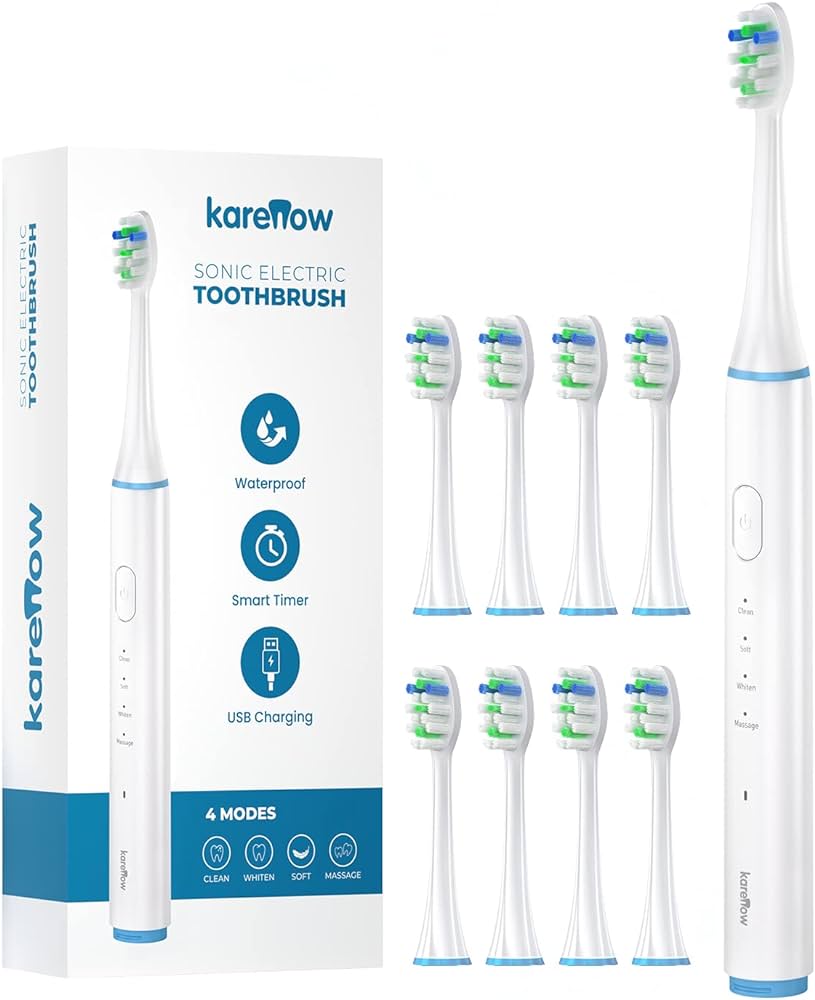
Conclusion:
Keeping an electric toothbrush plugged in when not in use can offer convenience, storage organization, and the assurance of a charged toothbrush for your next brushing session. Avoid overcharging, monitor battery levels, clean the toothbrush regularly, replace brush heads as recommended, store it upright, and follow the manufacturer’s instructions. By adhering to these recommendations, you can ensure the longevity, effectiveness, and hygiene of your electric toothbrush.

